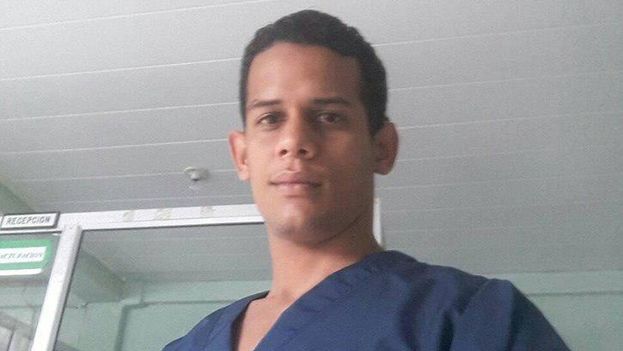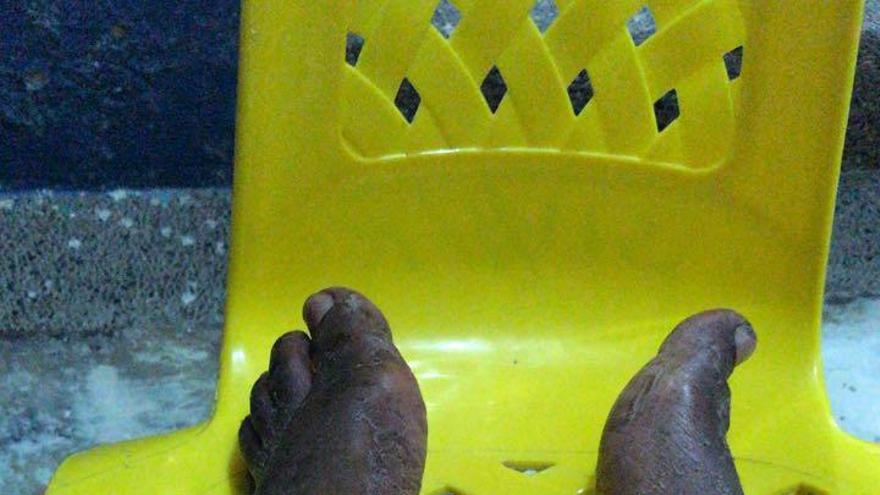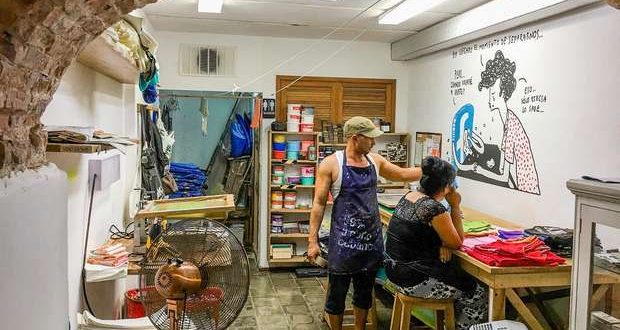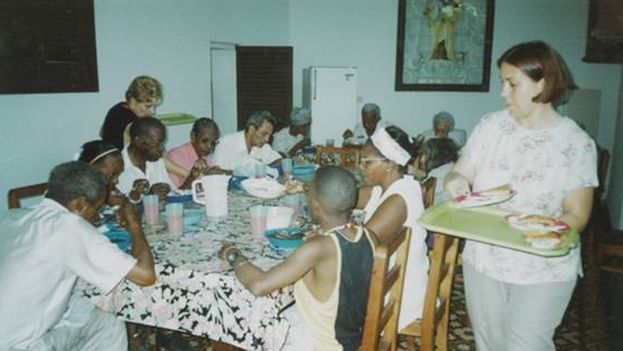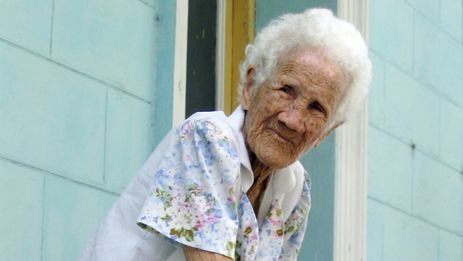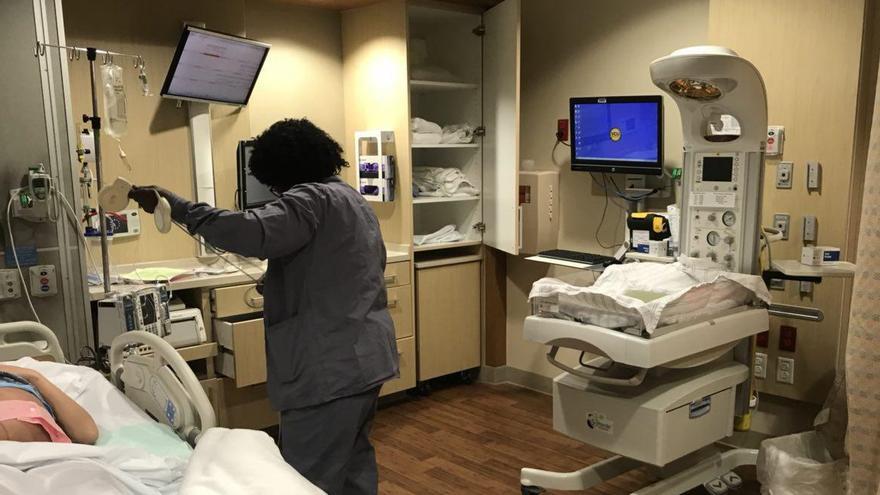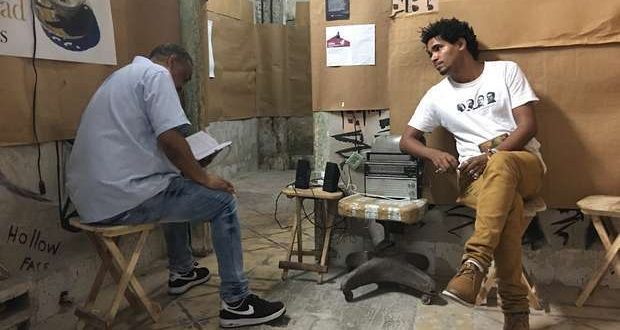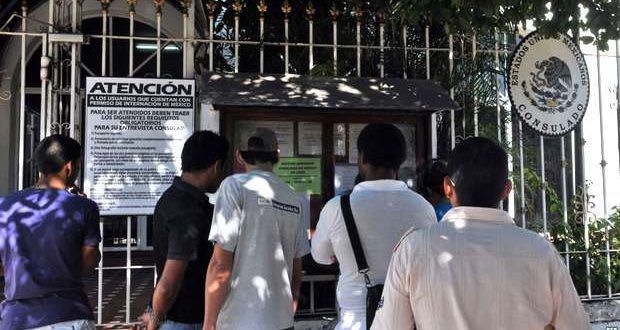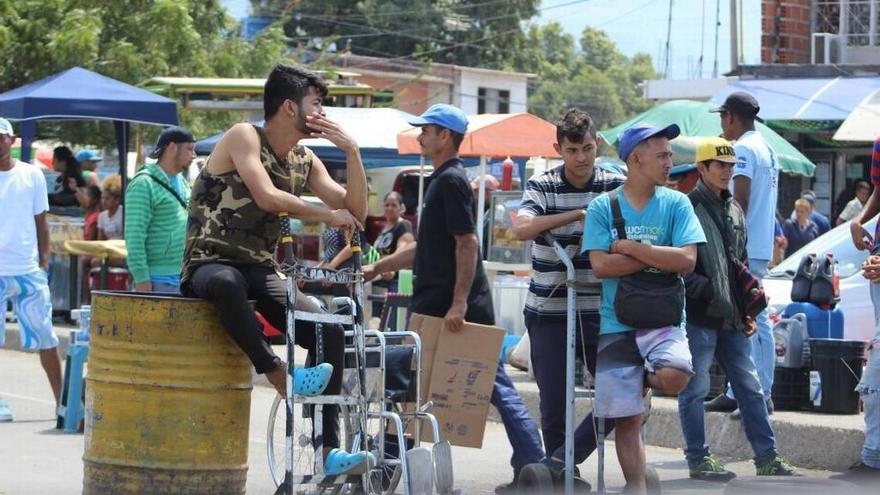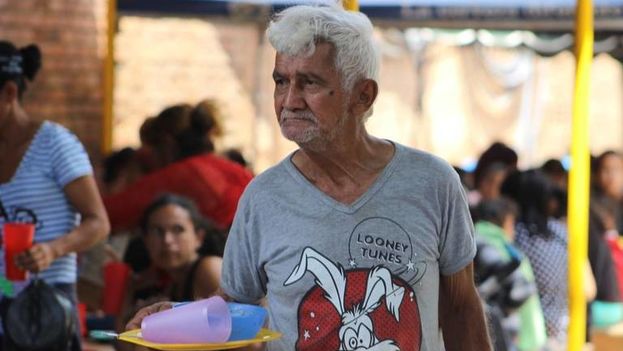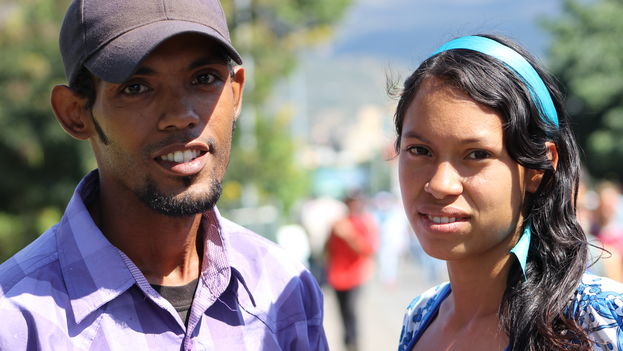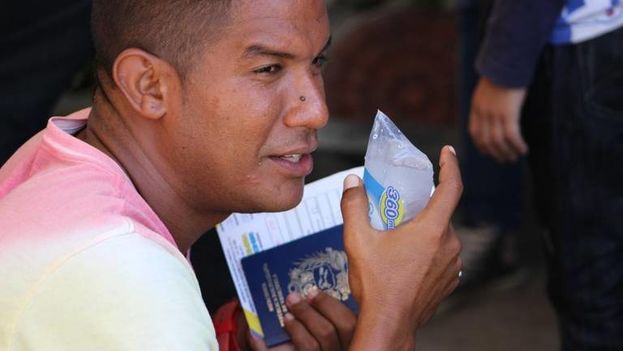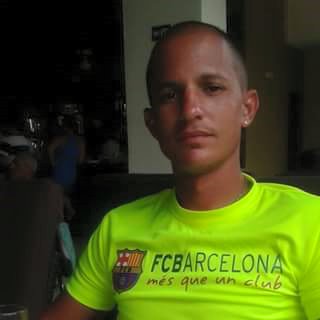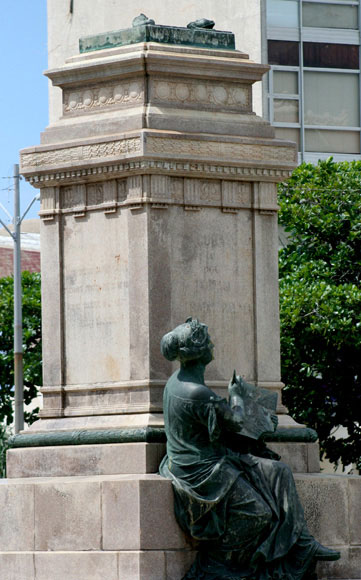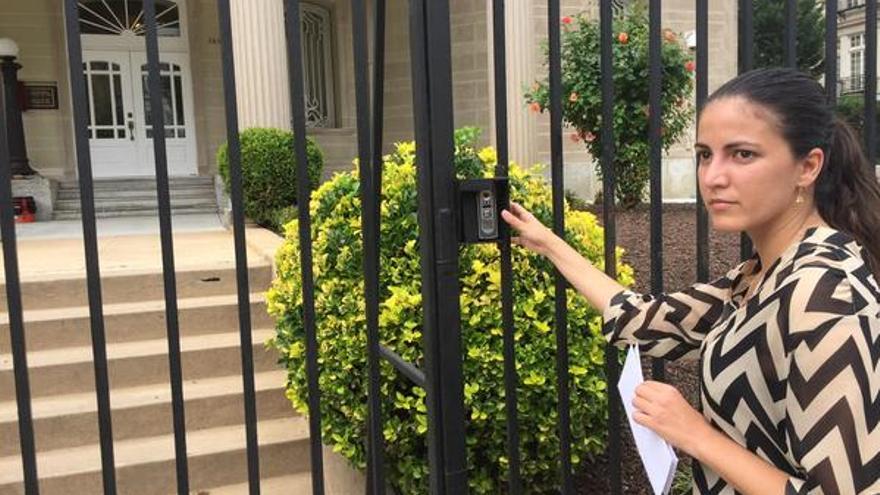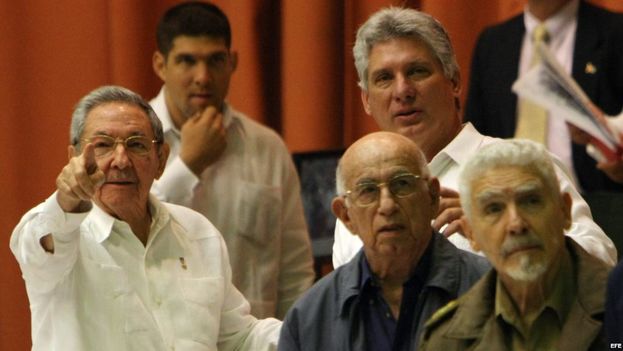
![]() 14ymedio, Miriam Celaya, Havana, 1 March 2018 — The Cuban official press recently published an extensive article, authored by journalist Lázaro Barredo, addressing the issue of corruption on the Island, its dissimilar forms, its spread, the depth it has reached – affecting even high public institutions, State Administrative Positions and officials of different levels of the legal system – and its effects on the economy and society.
14ymedio, Miriam Celaya, Havana, 1 March 2018 — The Cuban official press recently published an extensive article, authored by journalist Lázaro Barredo, addressing the issue of corruption on the Island, its dissimilar forms, its spread, the depth it has reached – affecting even high public institutions, State Administrative Positions and officials of different levels of the legal system – and its effects on the economy and society.
The relationship of the alarming national corruption – which also contains examples of “confiscatory processes” and court cases against several individuals involved in crimes of this nature – seeks to update the official data and figures that are not usually within the reach of the public domain and to which only trustful and faithful subjects with a sufficiently proven record of services in the Castro regime are able to access, as in the case of Barredo. continue reading
However, the details offered and the terrible picture described are not surprising. Ordinary Cubans are perfectly familiar with the depth and magnitude that corruption has reached in Cuba, since it is part of the everyday reality and covers practically all aspects of life.
Ordinary Cubans are perfectly familiar with the depth and magnitude that corruption has reached in Cuba, since it is part of the everyday reality and covers practically all aspects of life
Omissions when disclosing the number of corrupt individuals in the article is not a big surprise either. There is no mention, for example, of the agents of the National Revolutionary Police and the officials of the Inspectorate, or of their habitual practices of extortion to offenders or the acceptance of bribes; crimes committed with the greatest spontaneity and absolute impunity.
If Barredo is Cuban and wants to appear honest, he cannot and should not dismiss the grave fact that corruption has penetrated so deeply that it also undermines the official institutions called in to combat it in the first line of fire.
Corruption in Cuba is like an unbeatable hydra that owes its success and persistence to its double function, apparently contradictory. On the one hand, it erodes the moral foundations of society, while on the other, its role as provider makes it an essential resource for survival in a country that is biased by shortages and instability.
Not wishing to justify crime or to minimize the perniciousness of the damage it causes, corruption in Cuba is an inevitable evil, at least under current conditions. Not because the population of this Island has a natural propensity to transgress the law, or a spontaneous will to commit a crime, but because corruption is an inherent, and also pernicious, sociopolitical and economic system imposed six decades ago, whose makers still hold the absolute political power.
Not wishing to justify crime or to minimize the perniciousness of the damage it causes, corruption in Cuba is an inevitable evil, at least under current conditions
One of the glaring omissions that stand out in Barredo’s article is that, unlike other nations of the world where corruption “is a cause of moral crisis and a discredit to governments and parties”, in the case of Cuba “this scourge is concentrated in the fundamental, in the managerial, and in the administrative management”.
The article takes for granted the immaculate integrity of our leaders, especially the political leadership, a fallacy that is also a manifestation of corruption by its author, since among the essential functions of the honest press are, among others, the questioning of political powers and the responsibility or the public opinion mobilization based on its link to the truth.
Thus, from the author’s discourse, the Palace of the Revolution not only stands out as the last stronghold of wholesomeness remaining on the Island, but in addition, the olive-green dome does not have any responsibility in the chaos and decay that undermine the country to its foundations today.
Perhaps this explains the plea for the masses – at once victims and beneficiaries of corruption – to wage another transcendental battle in the abstract in which the enemy isn’t (though not directly) “the US imperialism”. Now it’s about a much more dangerous subspecies that threatens the existence of the Cuban sociopolitical “model” in our own home.
This explains the plea for the masses to wage another transcendental battle in the abstract in which the enemy isn’t not the “U. S. imperialism”
This is a really surrealist battle which has already been lost, considering how difficult it is to imagine, for instance, a family’s humble mother betraying the illegal reseller who provides her with milk at lower prices than those at the retail stores that sell in hard currency, so that she can have it for her son’s breakfast because his right to milk on the ration card was terminated when he turned seven. Or when someone’s conscience might lead him to clash with the speculator who guarantees a sick family member the essential medicine missing from the shelves of the pharmacy networks.
According to the article, the hardened hosts of incorruptible “honest citizens” – that is, a non-existent category – should confront those who are corrupt: ambitious officials, enriched self-employed workers, notaries and judges who falsify documents or accept bribes, street resellers, merchants of agricultural products, employees of hard and national currency stores, people who evade taxes, food service employees, doctors who accept payments, and others.
One doesn’t have to be a genius to conclude that, although all of society is involved in corruption, the causes of its existence concern only those who decide the country’s policy
Barredo’s story of crooks (with significant exclusions, it must be noted) is almost as infinite as the causes of the proliferation of corruption, which discreetly remains silent. Let’s list some: the incompatibility of wages and the cost of living, the availability of food and any other kind of commercial items available for sale, which is much inferior to the demand for them, unemployment, generalized poverty, government hold back on private initiative and the productive capacities of the population, demonization of prosperity and wealth, society’s high dependence on the State, excessive centralism, absence of freedoms…
Consequently, it is not necessary to be a genius to conclude that, although corruption involves the entire society, the causes of its existence concern only those who decide the country’s policy, so that the solution to the problem depends essentially on them.
It’s a pity that the impunity of the political power in Cuba is the only thing that reaches, or perhaps surpasses such colossal magnitudes as corruption. This is why the beginning of the end of corruption will only take place when the system that empowered and sustains it disappears.
At the moment, everything indicates we will have corruption for a while.
Translated by Norma Whiting
________________
The 14ymedio team is committed to serious journalism that reflects the reality of deep Cuba. Thank you for joining us on this long road. We invite you to continue supporting us, but this time by becoming a member of 14ymedio. Together we can continue to transform journalism in Cuba.

